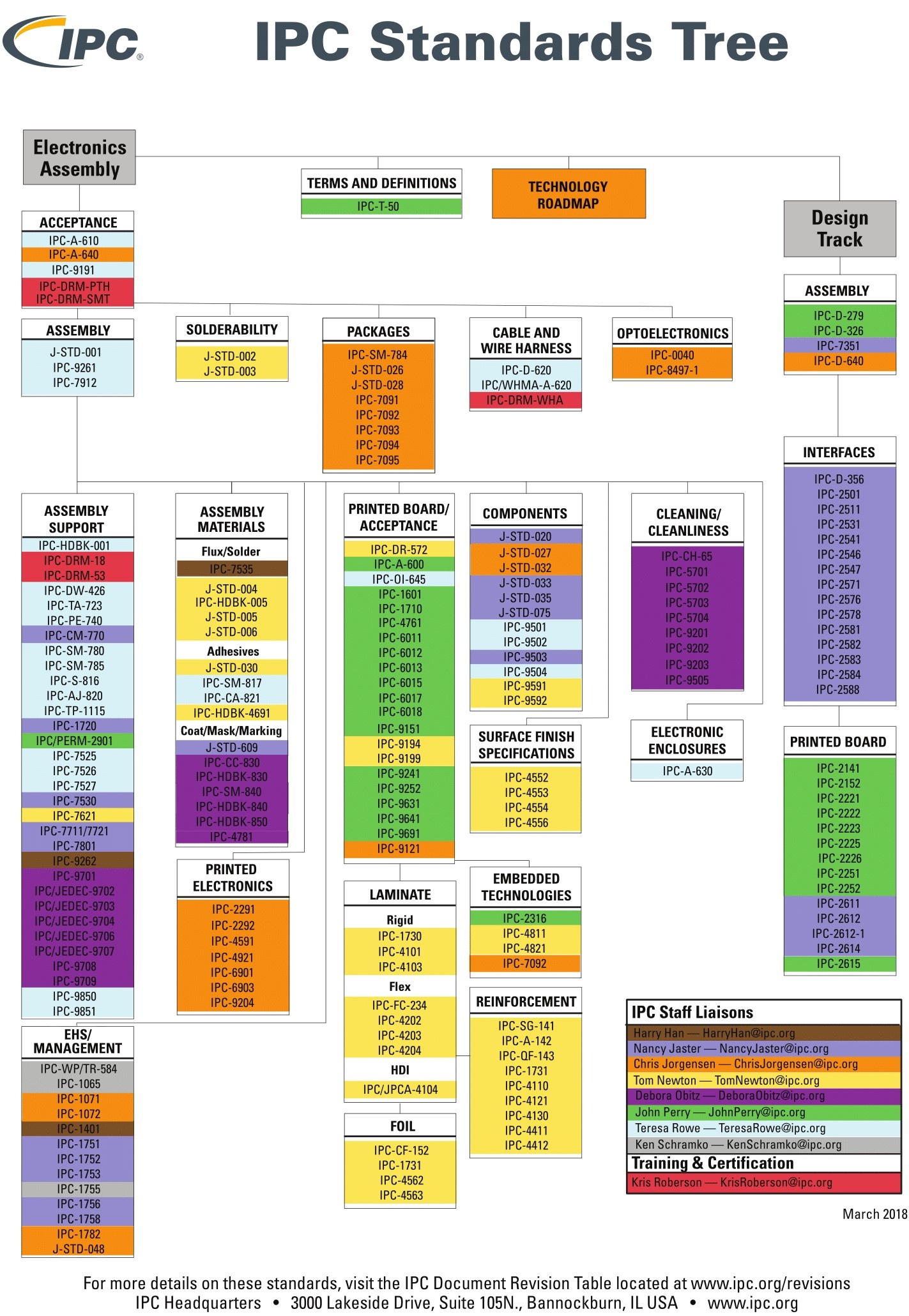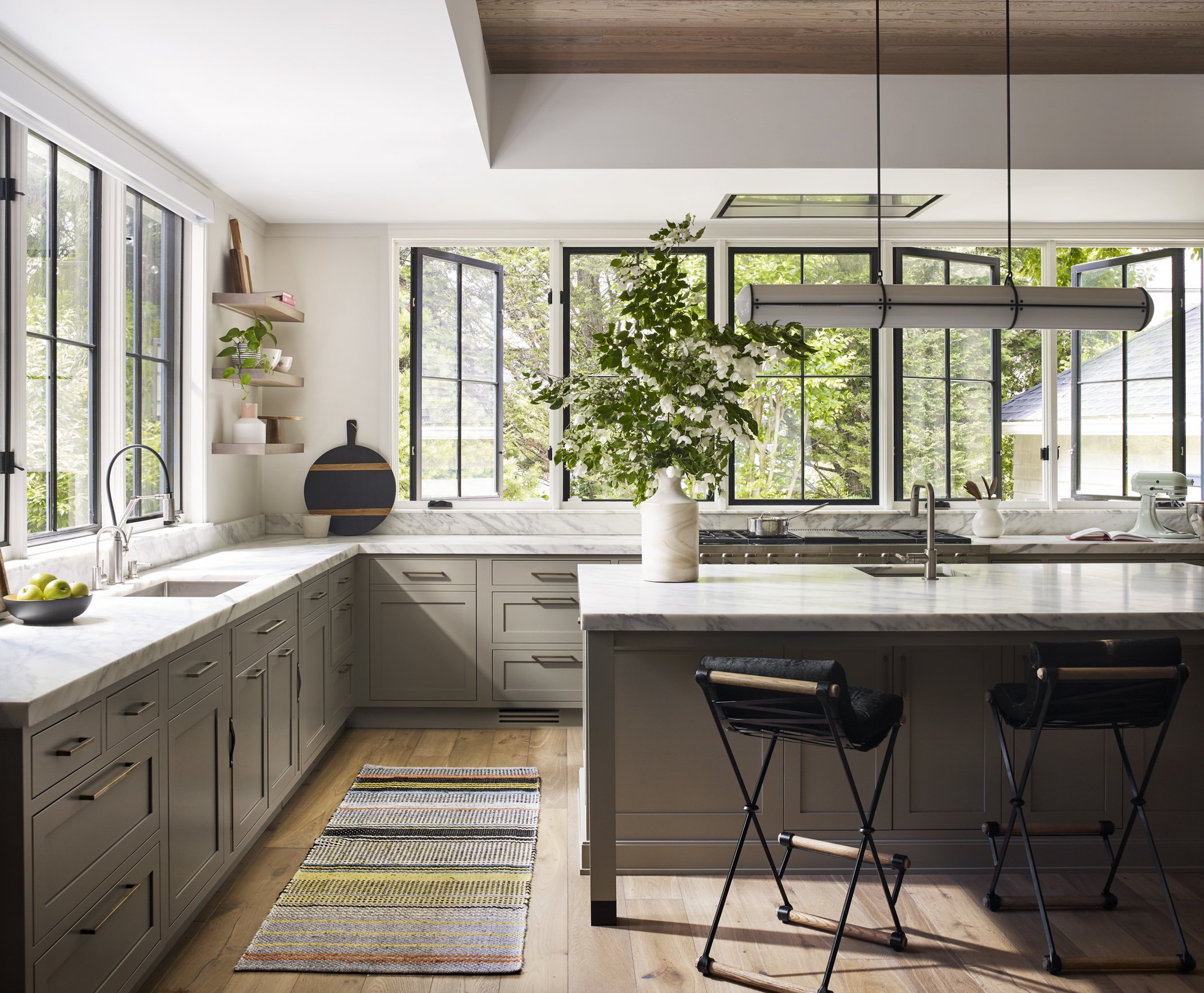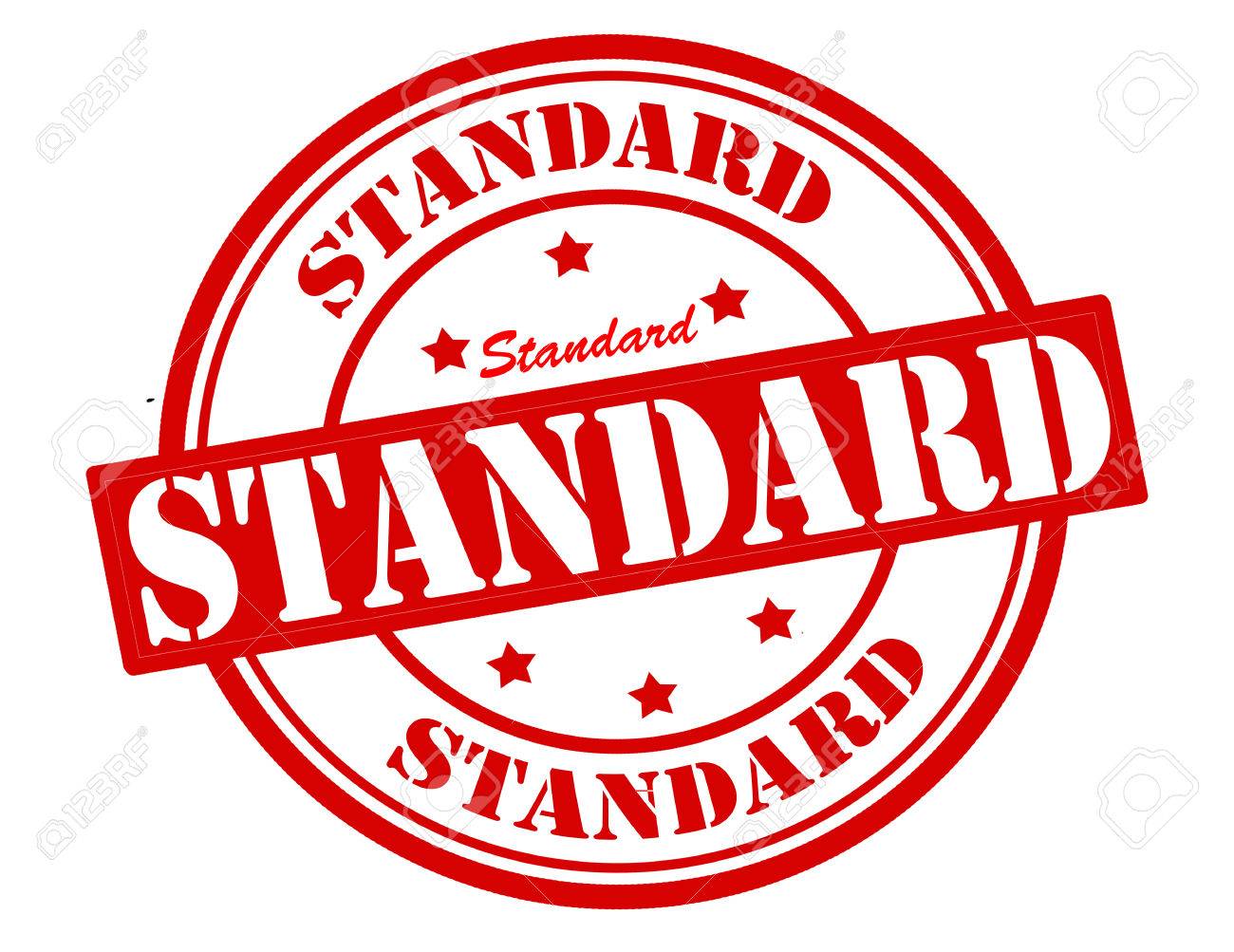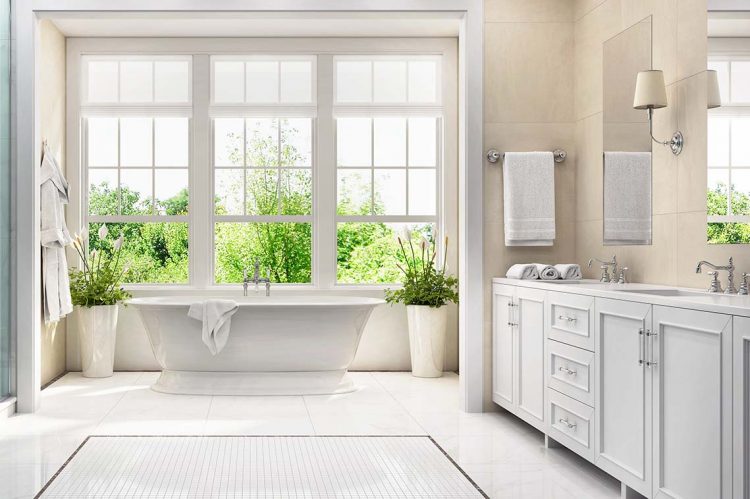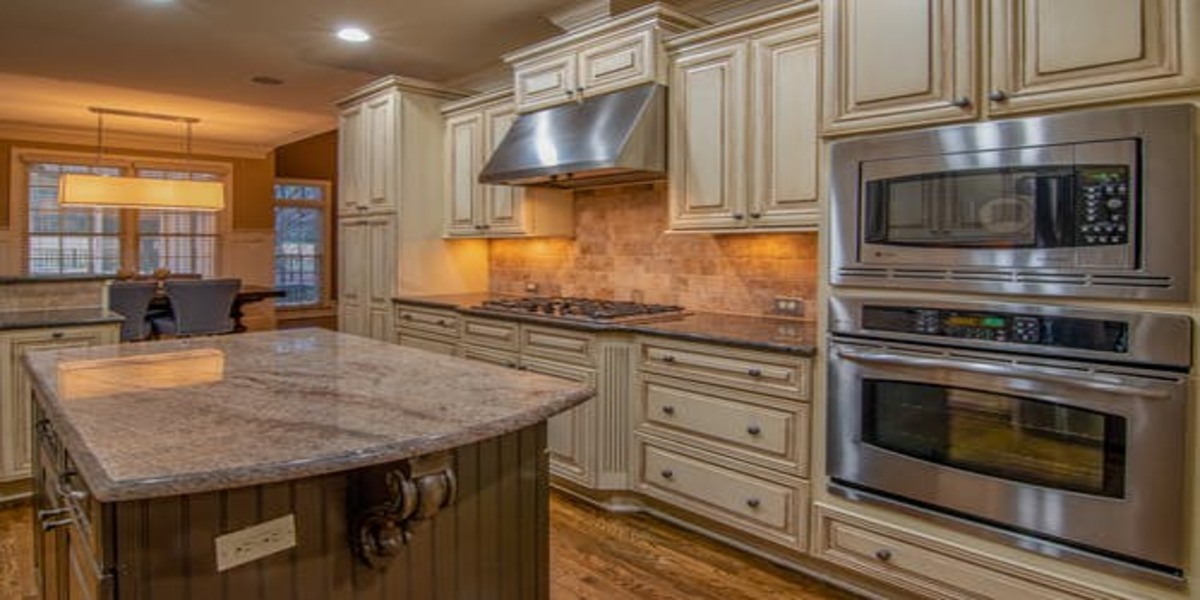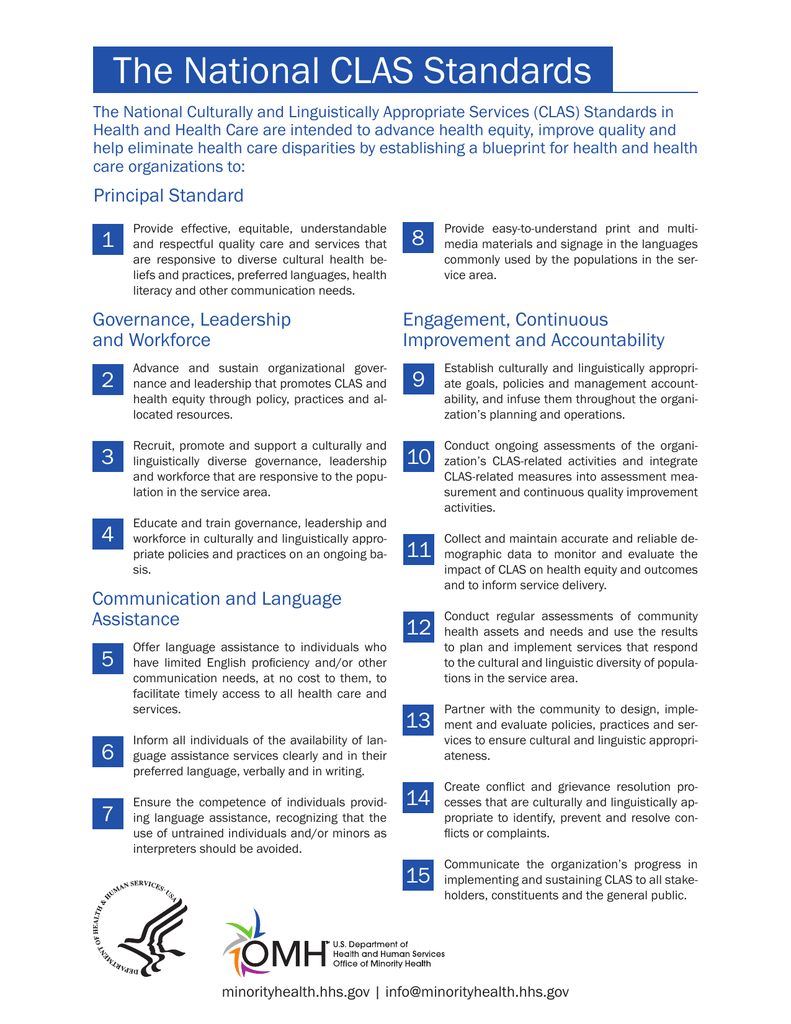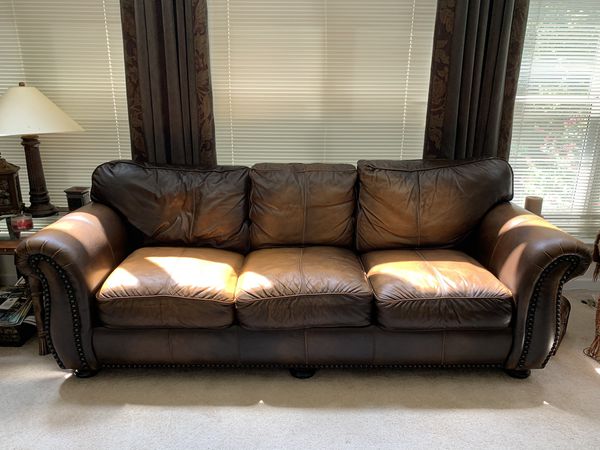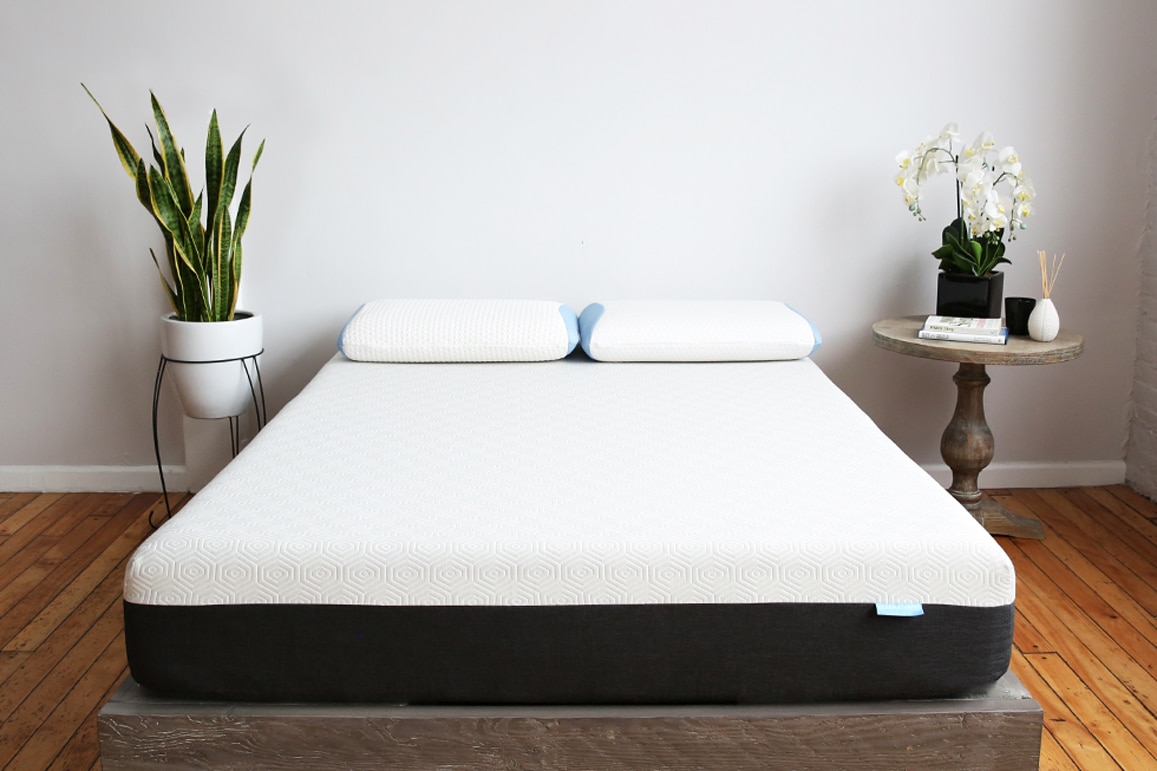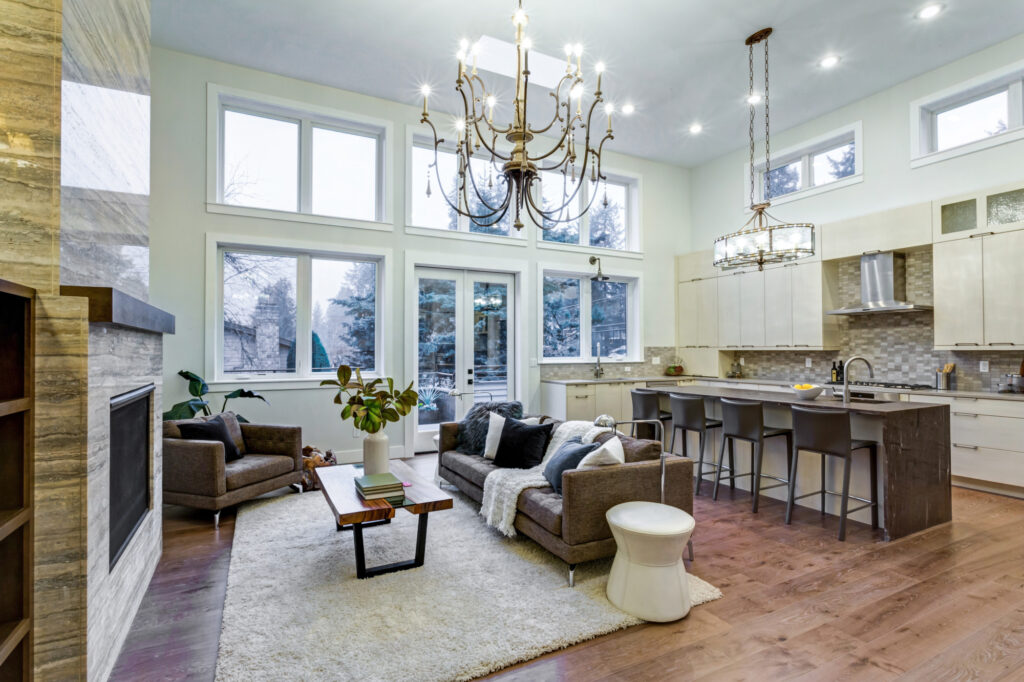The National Kitchen & Bath Association (NKBA) is a non-profit trade association dedicated to the advancement of the kitchen and bath industry. With over 50 years of experience, the NKBA has established itself as the leading authority on kitchen and bath design, products, and trends. As such, the association has developed a set of standards that serve as guidelines for industry professionals to ensure quality and consistency in their work. In this article, we will be discussing the top 10 main NKBA standards that every kitchen and bath designer should be familiar with.Introduction to National Kitchen & Bath Association Standards
Safety should always be a top priority when designing and building kitchens and bathrooms. The NKBA has established safety standards for various aspects of kitchen and bath design, such as electrical and plumbing systems, to ensure the well-being of homeowners. These standards cover everything from proper wiring and grounding to the use of GFCI outlets and the correct placement of plumbing fixtures.1. Safety Standards
Kitchens and bathrooms should be accessible to people of all ages and abilities. The NKBA has developed standards for wheelchair accessibility, such as minimum clearance requirements for doorways and maneuvering space in front of appliances and fixtures. These standards also address the placement of grab bars and other assistive devices to make daily tasks easier for those with mobility limitations.2. Accessibility Standards
Cabinetry is a crucial component of any kitchen or bathroom design. The NKBA has established standards for the construction and installation of cabinetry to ensure its durability and functionality. These standards cover everything from the thickness and material of cabinet doors to the placement and size of hardware and the use of proper joinery techniques.3. Cabinetry Standards
Countertops are another essential element of kitchen and bath design. The NKBA has set standards for the fabrication and installation of countertops to ensure their quality and longevity. These standards cover everything from the thickness and material of the countertop to the use of sealants and proper support for heavy appliances.4. Countertop Standards
Proper plumbing is crucial for the functionality of kitchens and bathrooms. The NKBA has established standards for the installation of plumbing systems, including the use of proper materials and techniques to prevent leaks and ensure efficient water flow. These standards also address the placement and height of various plumbing fixtures for optimal use.5. Plumbing Standards
Lighting plays a significant role in the overall design and functionality of kitchens and bathrooms. The NKBA has developed lighting standards that cover everything from the placement and type of fixtures to the recommended level of illumination for different areas of the space. These standards also address energy efficiency and the use of proper wiring and switches.6. Lighting Standards
Proper ventilation is essential for maintaining a healthy and comfortable environment in kitchens and bathrooms. The NKBA has established standards for ventilation systems, including the use of proper ductwork, fan sizing, and placement of vents. These standards also address the importance of ventilation in reducing moisture and preventing mold growth.7. Ventilation Standards
Kitchens and bathrooms are often equipped with various appliances, such as refrigerators, ovens, and washing machines. The NKBA has developed standards for the installation and placement of these appliances to ensure their safe and efficient operation. These standards cover everything from the recommended clearance around appliances to the proper location for electrical and plumbing connections.8. Appliance Standards
Flooring is another crucial element of kitchen and bath design. The NKBA has established standards for the materials and installation of flooring to ensure its durability and safety. These standards cover everything from the type and thickness of flooring to the use of proper underlayment and adhesive.9. Flooring Standards
In today's world, environmental sustainability is becoming increasingly important in all industries, including kitchen and bath design. The NKBA has developed standards that promote environmentally-friendly practices and materials in kitchen and bath design and construction. These standards address everything from the use of sustainable materials to energy-efficient appliances and fixtures.10. Environmental Standards
The National Kitchen & Bath Association has set the standard for excellence in kitchen and bath design. By following these top 10 main NKBA standards, designers and builders can ensure that their work meets the highest level of quality and safety. By prioritizing these standards, we can create beautiful and functional spaces that will stand the test of time.Conclusion
The National Kitchen & Bath Association (NKBA) is a non-profit trade association dedicated to the advancement of the kitchen and bath industry. With over 50 years of experience, the NKBA has established itself as the leading authority on kitchen and bath design, products, and trends. As such, the association has developed a set of standards that serve as guidelines for industry professionals to ensure quality and consistency in their work. In this article, we will be discussing the top 10 main NKBA standards that every kitchen and bath designer should be familiar with.HTML Code for Article
Introduction to National Kitchen & Bath Association Standards
Safety should always be a top priority when designing and building kitchens and bathrooms. The NKBA has established safety standards for various aspects of kitchen and bath design, such as electrical and plumbing systems, to ensure the well-being of homeowners. These standards cover everything from proper wiring and grounding to the use of GFCI outlets and the correct placement of plumbing fixtures.1. Safety Standards
Kitchens and bathrooms should be accessible to people of all ages and abilities. The NKBA has developed standards for wheelchair accessibility, such as minimum clearance requirements for doorways and maneuvering space in front of appliances and fixtures. These standards also address the placement of grab bars and other assistive devices to make daily tasks easier for those with mobility limitations.2. Accessibility Standards
Cabinetry is a crucial component of any kitchen or bathroom design. The NKBA has established standards for the construction and installation of cabinetry to ensure its durability and functionality. These standards cover everything from the thickness and material of cabinet doors to the placement and size of hardware and the use of proper joinery techniques.3. Cabinetry Standards
Countertops are another essential element of kitchen and bath design. The NKBA has set standards for the fabrication and installation of countertops to ensure their quality and longevity. These standards cover everything from the thickness and material of the countertop to the use of sealants and proper support for heavy appliances.4. Countertop Standards
Proper plumbing is crucial for the functionality of kitchens and bathrooms. The NKBA has established standards for the installation of plumbing systems, including the use of proper materials and techniques to prevent leaks and ensure efficient water flow. These standards also address the placement and height of various plumbing fixtures for optimal use.5. Plumbing Standards
Lighting plays a significant role in the overall design and functionality of kitchens and bathrooms. The NKBA has developed lighting standards that cover everything from the placement and type of fixtures to the recommended level of illumination for different areas of the space. These standards also address energy efficiency and the use of proper wiring and switches.6. Lighting Standards
Proper ventilation is essential for maintaining a healthy and comfortable environment in kitchens and bathrooms. The NKBA has established standards for ventilation systems, including the use of proper ductwork, fan sizing, and placement of vents. These standards also address the importance of ventilation in reducing moisture and preventing mold growth.7. Ventilation Standards
The Importance of National Kitchen and Bath Association Standards in House Design
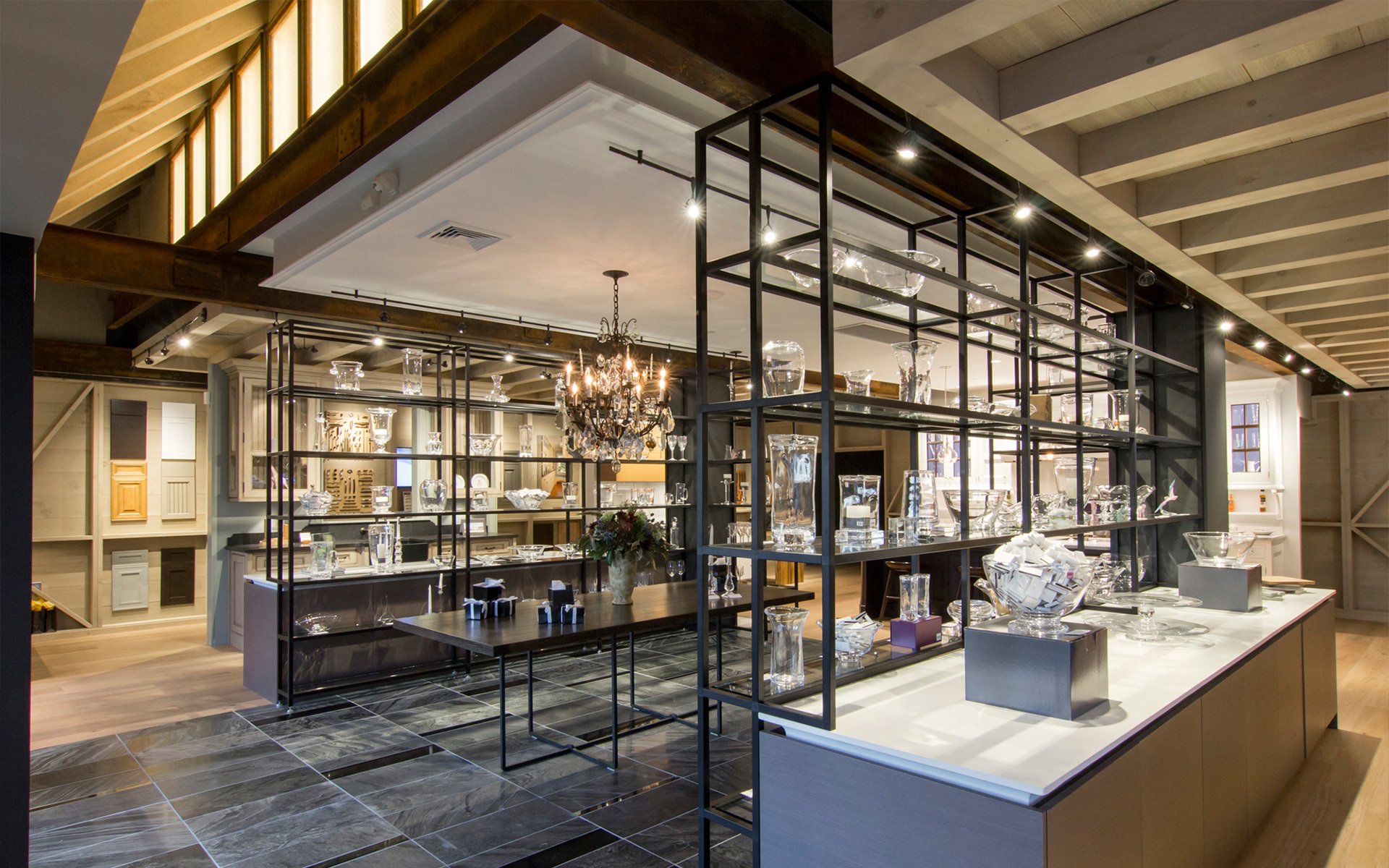
Setting the Standard for Excellence
 When it comes to designing a home, the kitchen and bathroom are two of the most important rooms. They are not only functional spaces, but also serve as a reflection of the homeowner's style and taste. That's why it's crucial to ensure that these rooms are designed and constructed to the highest standards. This is where the National Kitchen and Bath Association (NKBA) comes in. The NKBA is the leading trade association for the kitchen and bath industry, and their standards have become the benchmark for quality and excellence in house design.
When it comes to designing a home, the kitchen and bathroom are two of the most important rooms. They are not only functional spaces, but also serve as a reflection of the homeowner's style and taste. That's why it's crucial to ensure that these rooms are designed and constructed to the highest standards. This is where the National Kitchen and Bath Association (NKBA) comes in. The NKBA is the leading trade association for the kitchen and bath industry, and their standards have become the benchmark for quality and excellence in house design.
Creating a Safe and Functional Space
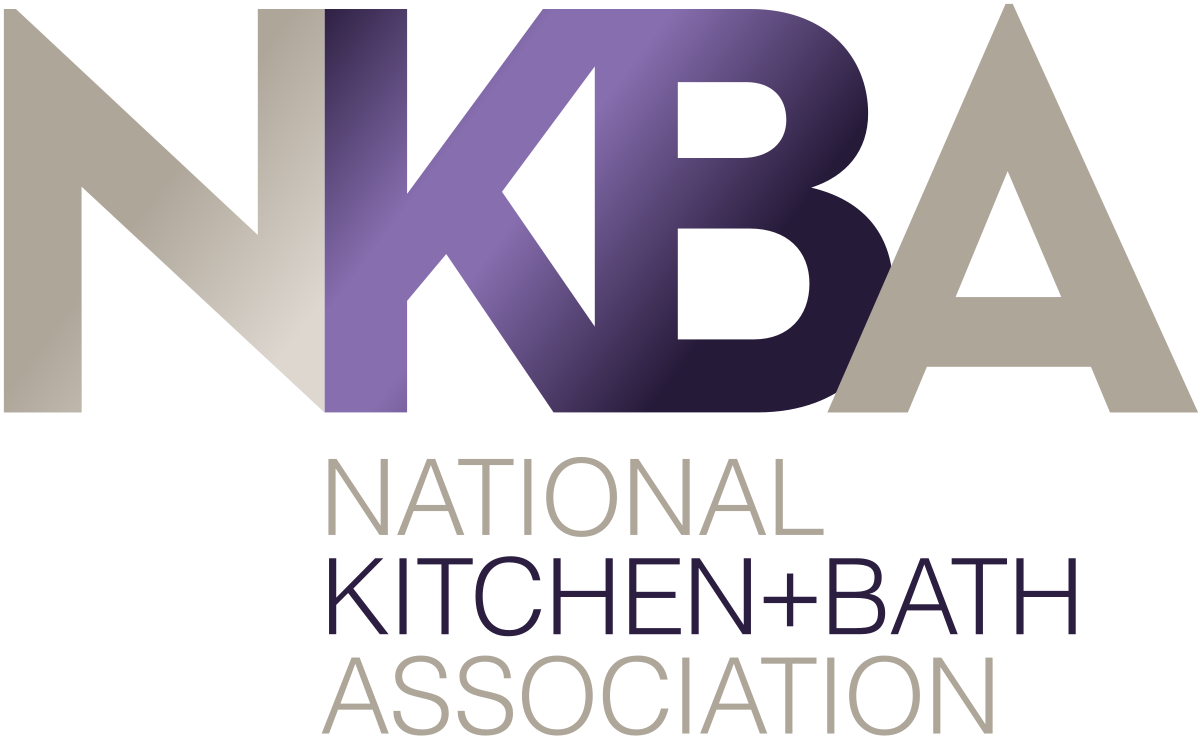 One of the main objectives of the NKBA is to establish guidelines for safe and functional kitchen and bathroom designs. These guidelines cover everything from proper lighting and ventilation to storage and layout. By following these standards, homeowners can ensure that their kitchen and bathroom are not only aesthetically pleasing, but also safe and efficient to use. This is especially important when it comes to kitchen and bathroom renovations, as outdated designs may pose safety hazards and lead to costly mistakes.
One of the main objectives of the NKBA is to establish guidelines for safe and functional kitchen and bathroom designs. These guidelines cover everything from proper lighting and ventilation to storage and layout. By following these standards, homeowners can ensure that their kitchen and bathroom are not only aesthetically pleasing, but also safe and efficient to use. This is especially important when it comes to kitchen and bathroom renovations, as outdated designs may pose safety hazards and lead to costly mistakes.
Designing for Accessibility and Universal Design
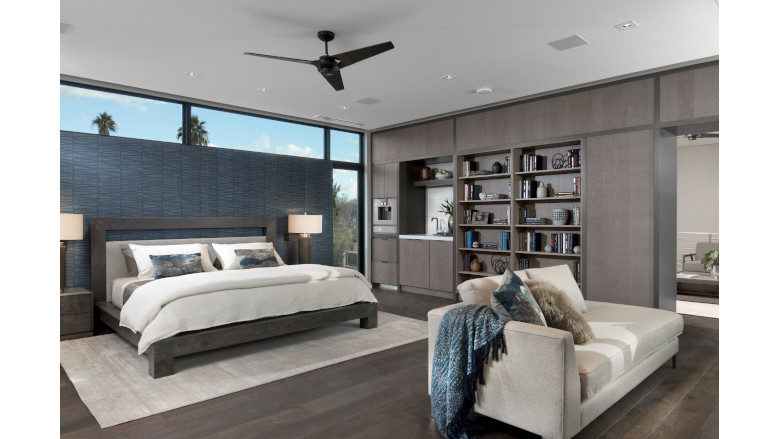 The NKBA also places a strong emphasis on creating designs that are accessible to everyone, regardless of age or ability. This is known as universal design and it is becoming increasingly important in today's aging population. The NKBA standards include guidelines for creating barrier-free spaces, such as wider doorways and lower countertops, to accommodate individuals with mobility issues. By adhering to these standards, homeowners can create a space that is not only functional for themselves but also for their loved ones and guests.
The NKBA also places a strong emphasis on creating designs that are accessible to everyone, regardless of age or ability. This is known as universal design and it is becoming increasingly important in today's aging population. The NKBA standards include guidelines for creating barrier-free spaces, such as wider doorways and lower countertops, to accommodate individuals with mobility issues. By adhering to these standards, homeowners can create a space that is not only functional for themselves but also for their loved ones and guests.
Ensuring Quality and Consistency
 The NKBA standards also cover the materials and products used in the construction of kitchens and bathrooms. This includes everything from cabinetry and appliances to plumbing fixtures and countertops. By specifying the use of quality materials and products, the NKBA ensures that homeowners are getting the best value for their money. Additionally, by adhering to these standards, contractors and designers can ensure consistency and quality in their work, resulting in a more professional finish.
Incorporating NKBA Standards in Your House Design
Whether you're building a new home or renovating an existing one, incorporating NKBA standards in your kitchen and bathroom design is essential for creating a safe, functional, and aesthetically pleasing space. Not only will this ensure that your home meets industry standards, but it will also add value and appeal to your property. So when it comes to designing your dream kitchen and bathroom, be sure to consult the experts at NKBA and follow their standards for excellence in house design.
The NKBA standards also cover the materials and products used in the construction of kitchens and bathrooms. This includes everything from cabinetry and appliances to plumbing fixtures and countertops. By specifying the use of quality materials and products, the NKBA ensures that homeowners are getting the best value for their money. Additionally, by adhering to these standards, contractors and designers can ensure consistency and quality in their work, resulting in a more professional finish.
Incorporating NKBA Standards in Your House Design
Whether you're building a new home or renovating an existing one, incorporating NKBA standards in your kitchen and bathroom design is essential for creating a safe, functional, and aesthetically pleasing space. Not only will this ensure that your home meets industry standards, but it will also add value and appeal to your property. So when it comes to designing your dream kitchen and bathroom, be sure to consult the experts at NKBA and follow their standards for excellence in house design.


